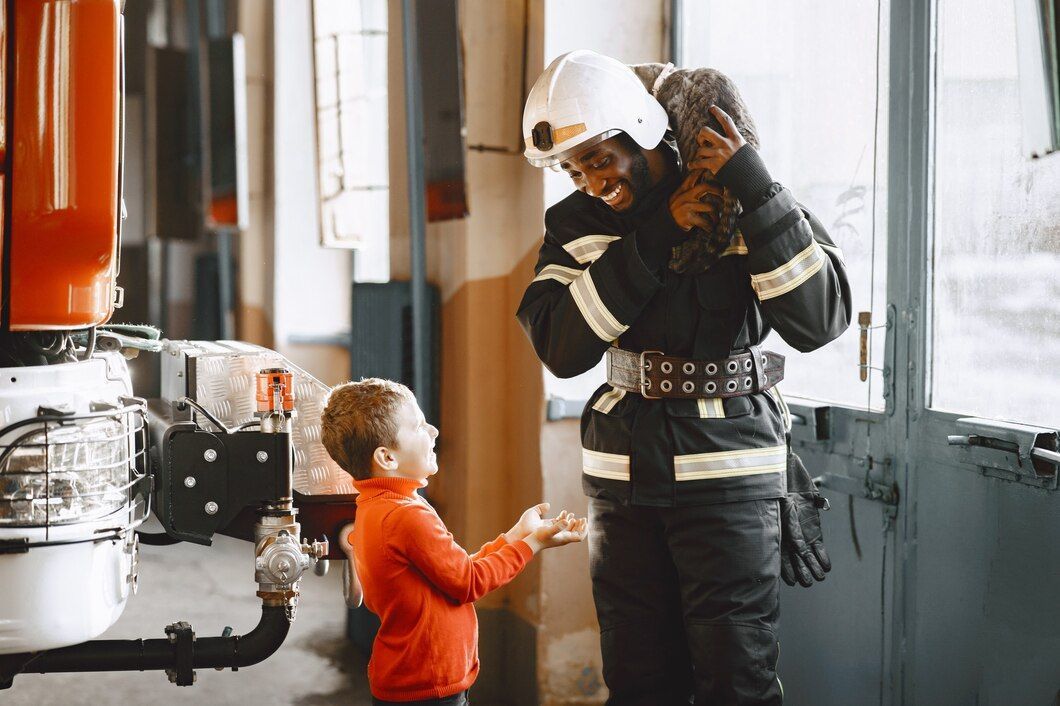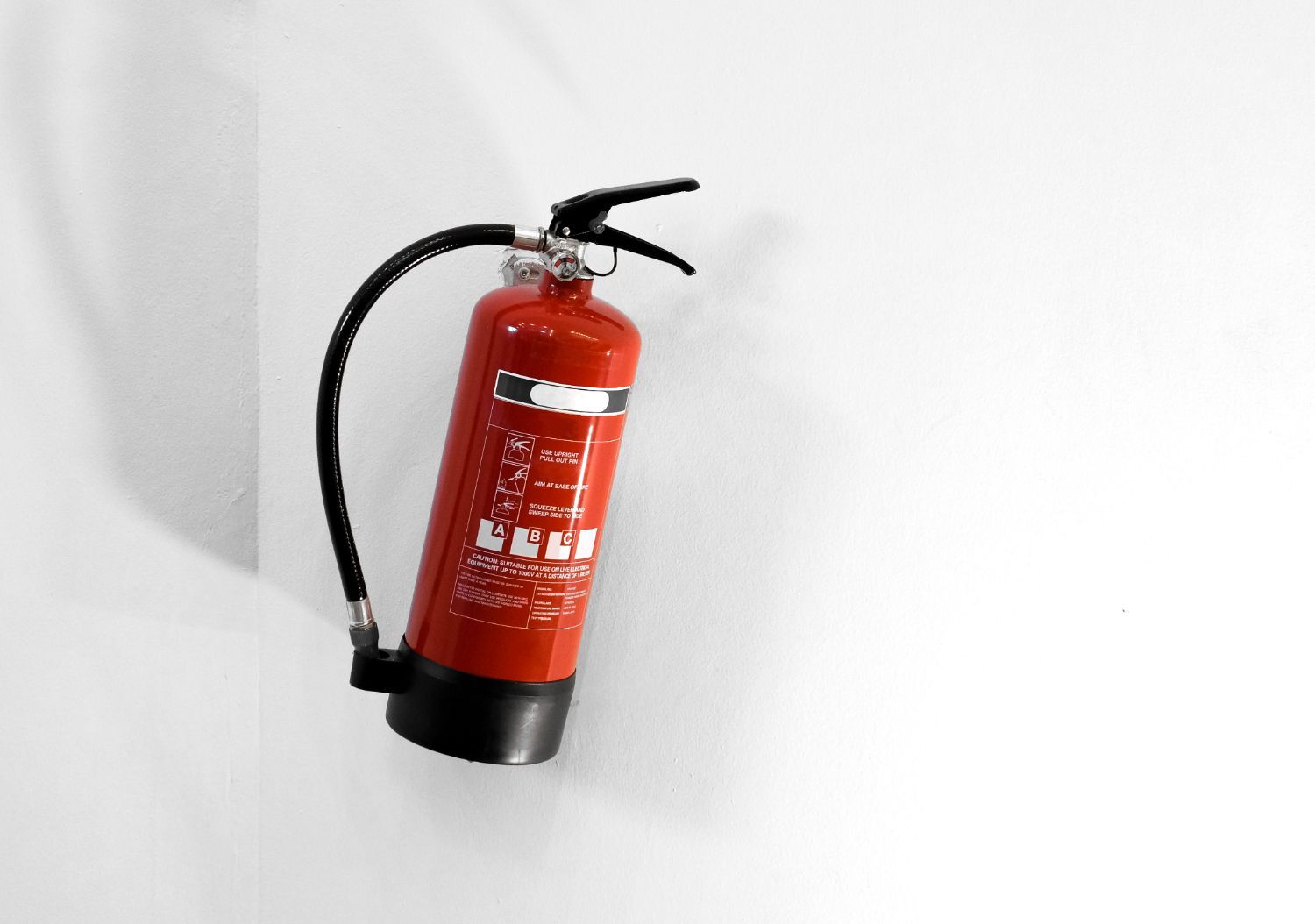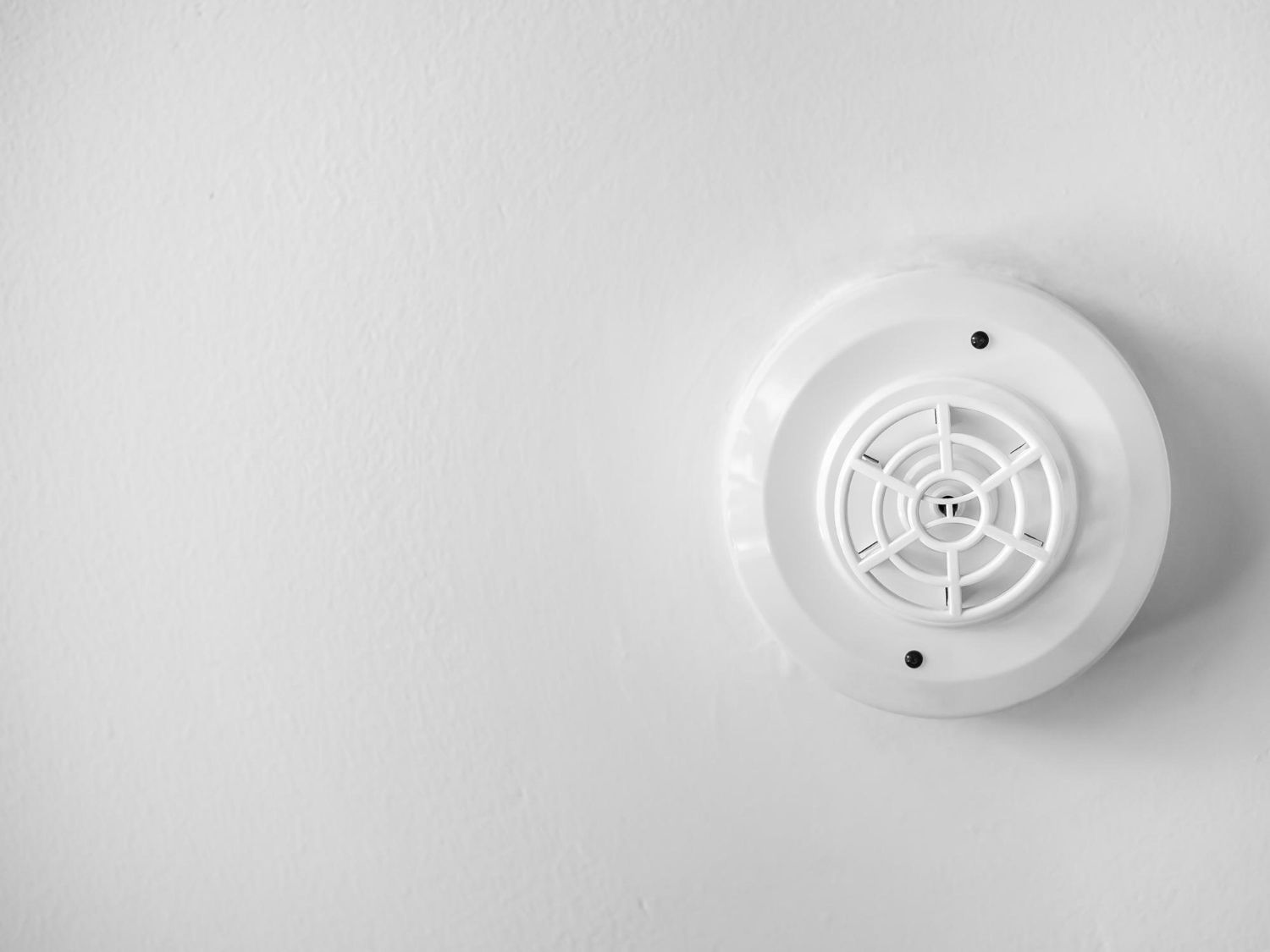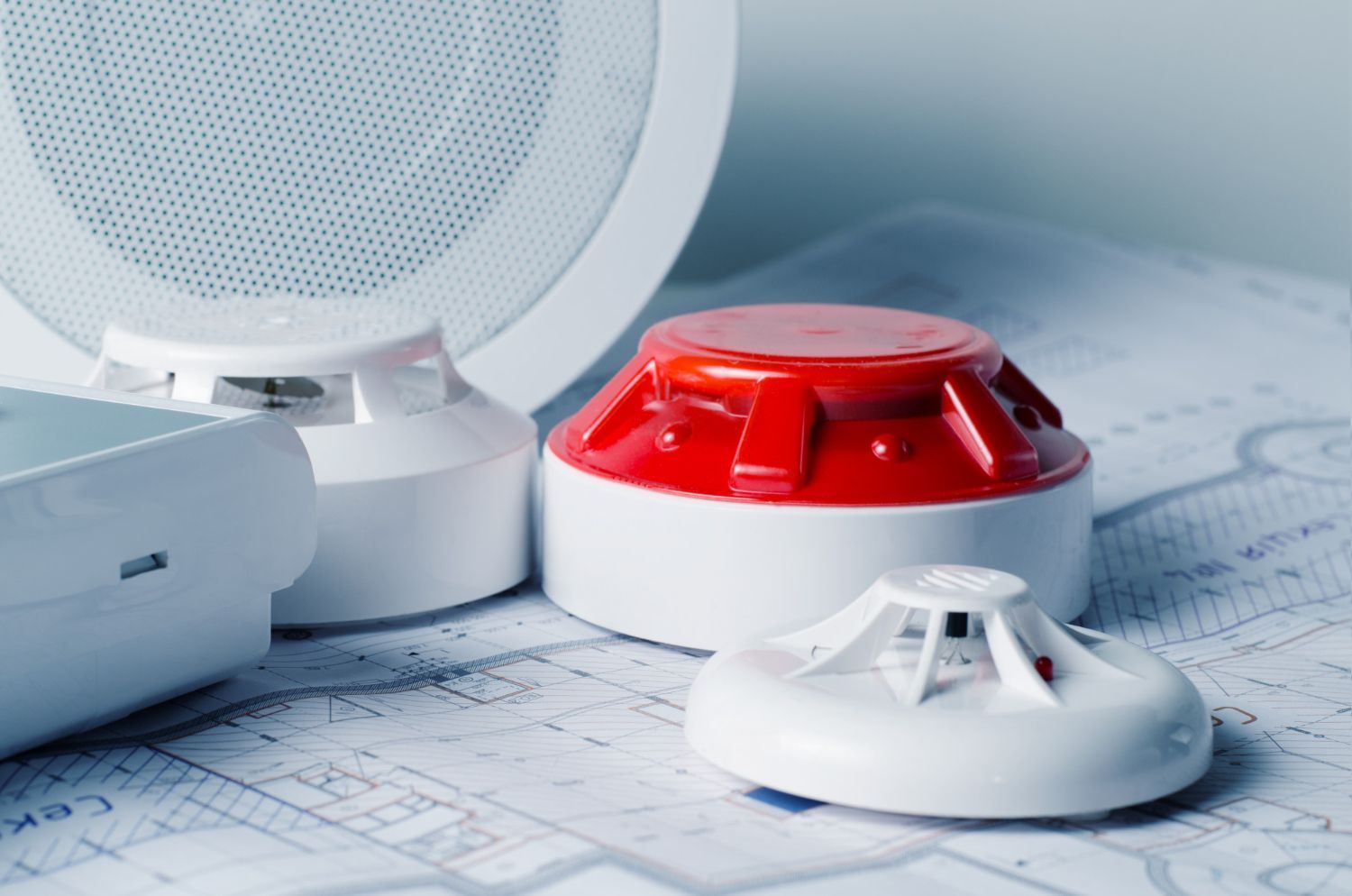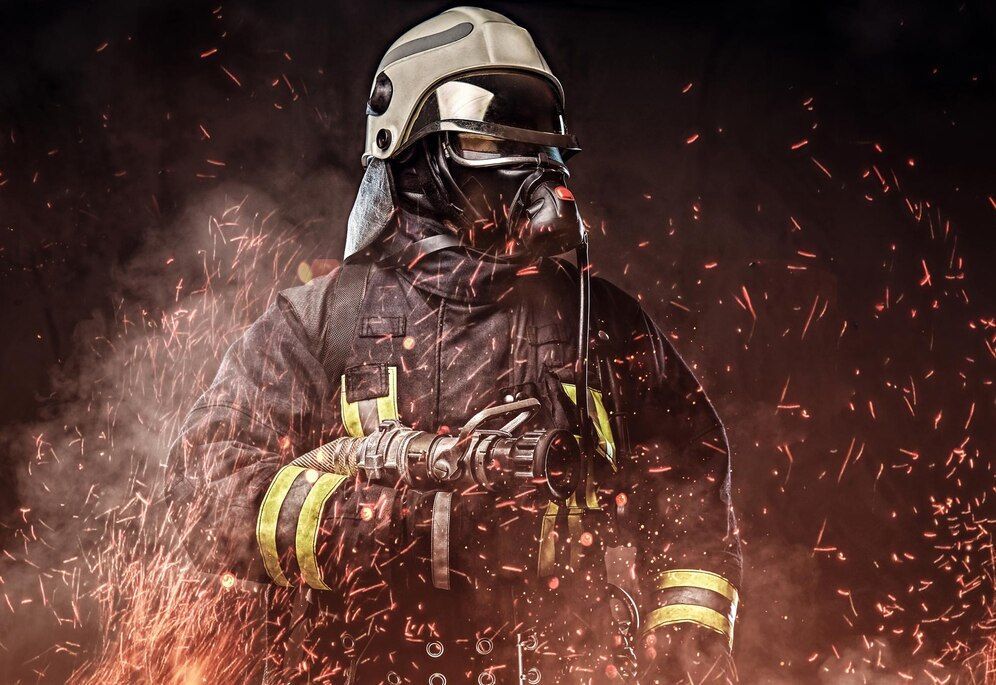Board of Fire Commissioners, Fire District 3,
Township of Old Bridge
Board of Fire Commissioners
Fire District 3
Township of Old Bridge
How Fire Alarms Keep You Safe Every Day
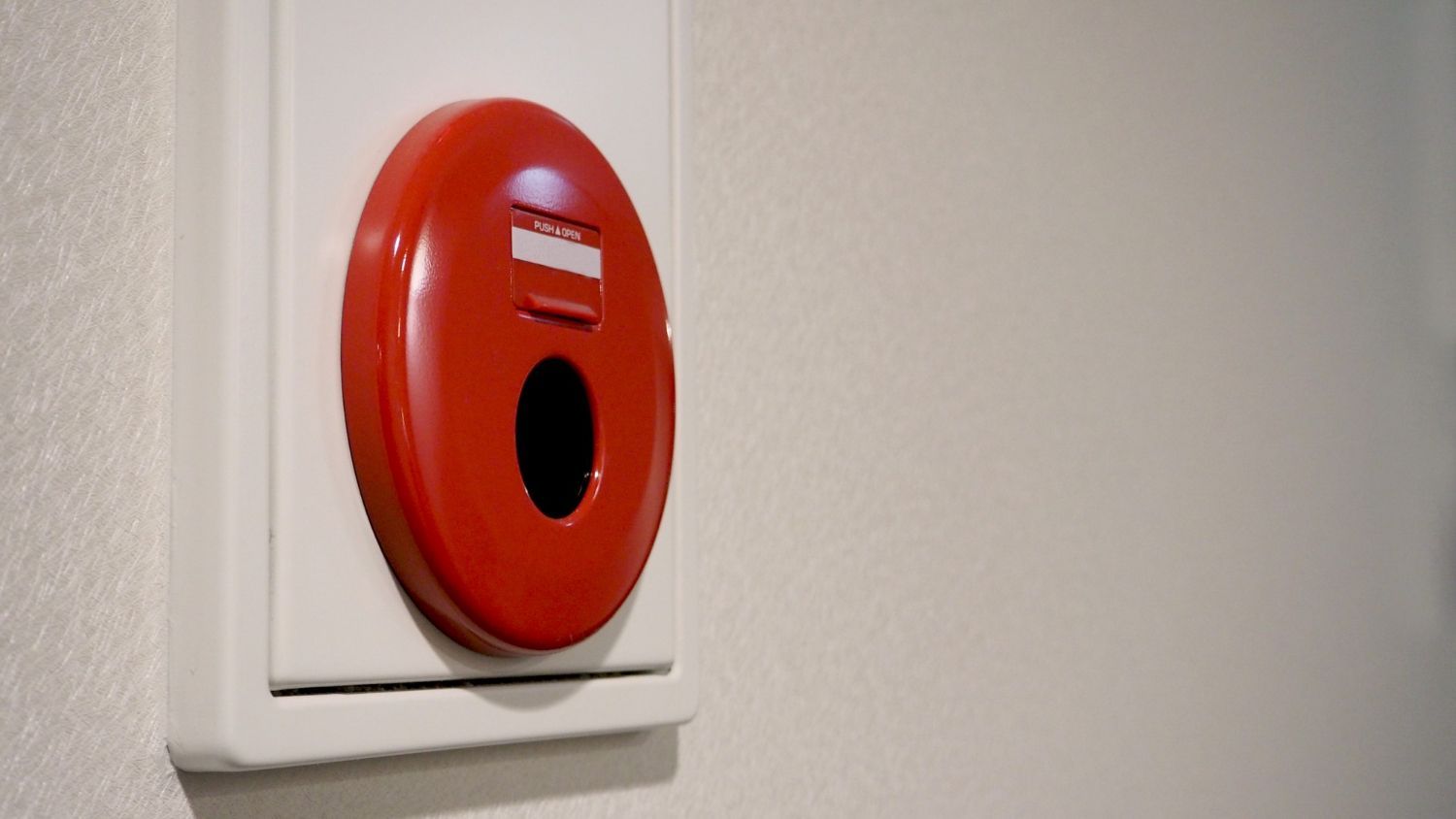
Fire alarms are essential in keeping us safe, whether we're at home, work, or school. They serve as our first line of defense against fires by detecting danger and providing early warnings. Understanding how these devices work can help us appreciate their importance and ensure they are properly used.
Every fire alarm has a crucial role, from sensing smoke to alerting us with loud sounds. Each type of alarm, whether basic smoke detectors or advanced systems, has unique features and uses. Knowing the differences can help you choose the right alarm for each situation.
Fire alarms must be placed correctly and maintained regularly to function effectively. This involves knowing where to install them and how often to check and replace their batteries. Proper use and maintenance can mean the difference between a minor incident and a major catastrophe.
Fire alarms save lives by giving us the precious time needed to escape during a fire. Their quick response can prevent injuries and save property, highlighting the importance of having them in every building. By understanding and caring for our fire alarms, we make our homes and communities safer places to live.
How Fire Alarms Detect Danger
Fire alarms detect danger by sensing smoke, heat, or gases that indicate a fire is starting. Different fire alarms use different methods to sense these dangers, but the goal is always the same: to alert us quickly so we can act.
Smoke Detectors: Smoke detectors are the most common type of fire alarms. They come in two main types: ionization and photoelectric. Ionization detectors are great at sensing flaming fires. They use a small amount of radioactive material to ionize the air inside the device. When smoke enters, it disrupts this ionization and triggers the alarm. Photoelectric detectors are better for sensing smoldering fires. They use a light sensor and beam; when smoke scatters the light, the sensor detects it and sets off the alarm.
Heat Detectors: Heat detectors respond to rising temperatures. There are two main types: fixed temperature and rate-of-rise. Fixed temperature detectors trigger the alarm when the temperature reaches a certain threshold. Rate-of-rise detectors sound the alarm when the temperature increases rapidly, which can indicate a fire.
Carbon Monoxide Detectors: While not strictly fire alarms, carbon monoxide detectors can alert you to dangerous gases that fires produce. These detectors sense the presence of carbon monoxide, a colorless, odorless gas that can be deadly.
Understanding how fire alarms detect danger helps us trust these devices to keep us safe. Each type of detector plays a unique role in spotting signs of fire early.
Different Types of Fire Alarms and Their Uses
There are various types of fire alarms, each suited to different environments and fire risks. Knowing which type to use can make a big difference in early detection and safety.
Ionization Smoke Alarms: These are ideal for detecting fast-flaming fires. They are best used in areas like kitchens and hallways where fires can begin quickly and spread. However, they are also more prone to false alarms from cooking smoke.
Photoelectric Smoke Alarms: These alarms are better at detecting slow, smoldering fires, which usually start in areas with lots of furniture, like living rooms and bedrooms. They are less likely to produce false alarms compared to ionization alarms.
Dual-Sensor Smoke Alarms: Combining ionization and photoelectric sensors, these alarms offer the best of both worlds. They provide early warning for both fast-flaming and smoldering fires, making them ideal for comprehensive home protection.
Heat Alarms: These are best for areas not typically suitable for smoke alarms, like garages, attics, or kitchens, where smoke might not reach in time but heat would. Heat alarms are less likely to trigger false alarms from steam or dust.
Carbon Monoxide Alarms: While primarily for gas detection, these alarms should be placed near sleeping areas and on each floor of the home. They alert you to dangerous levels of carbon monoxide, which can be produced by faulty heating systems or fires.
Choosing the right fire alarm for each area of your home enhances your overall safety. Pairing different types of alarms ensures you are covered for all potential fire scenarios.
Proper Placement and Maintenance of Fire Alarms
Proper placement and maintenance of fire alarms are crucial for keeping your home and family safe. Fire alarms need to be placed in the right spots to detect danger quickly and to work correctly when you need them most.
Where to Place Fire Alarms: Install fire alarms on every level of your home, including the basement. Make sure there is an alarm inside each bedroom and outside sleeping areas. Place them at least 10 feet away from cooking appliances to reduce false alarms. In large homes, ensure you have an alarm in each section of the home to cover all areas adequately.
Maintenance Tips: Regular maintenance ensures your fire alarms are always ready to protect you. Test your alarms once a month by pressing the test button. Replace batteries at least once a year; a good rule of thumb is to change them during daylight saving time changes. If your alarm starts to chirp, replace the battery immediately. Smoke alarms should be replaced every 10 years, and carbon monoxide detectors every 5 to 7 years, depending on the manufacturer's recommendations.
Troubleshooting Common Issues: If your alarm goes off frequently due to cooking or steam, try moving it further away from the kitchen or bathroom. If an alarm fails to test or has other issues, consult the manual for troubleshooting steps. Sometimes, a quick cleaning with a vacuum can remove dust and help the alarm perform better.
By placing and maintaining your fire alarms correctly, you ensure they are effective when needed. Following these steps helps to prevent failures and keeps your home and family safe.
The Role of Fire Alarms in Saving Lives
Fire alarms play a crucial role in saving lives by providing an early warning in case of a fire. This early alert gives you and your family more time to escape safely, reducing the risk of injury and death.
Early Detection: Fire alarms sense smoke, heat, or dangerous gases long before you might notice them. This allows you to act quickly, whether that means using a fire extinguisher to put out a small fire or evacuating the building. Early detection is key to preventing fires from spreading and becoming uncontrollable.
Awakening You During Sleep: Many fires start at night when everyone is asleep. Loud fire alarms are designed to wake you up, giving you time to get out of the house. Without a fire alarm, you might not wake up in time to escape safely.
Guiding Safe Exits: In a fire, it can be hard to think clearly. Alarms help by alerting you to the danger and prompting you to follow your escape plan. In many cases, alarms are interconnected, so when one sounds, they all do. This interconnectedness helps ensure everyone in the house is aware of the hazard and knows to evacuate immediately.
Saving Pets and Property: Aside from saving lives, fire alarms can also help protect your pets and property. Quick action from early warnings can help you rescue pets and call the fire department sooner, reducing the damage to your home and belongings.
Understanding and appreciating the role of fire alarms highlights why they are an essential part of any home's safety plan. Their ability to provide early warnings can make all the difference in an emergency.
Conclusion
Fire alarms are vital for our safety, providing early warnings that can save lives and prevent property damage. Understanding how they detect danger, the different types available, how to place and maintain them, and their role in emergencies helps us keep our homes and families safe. By taking these steps seriously, we can ensure we are always prepared for the unexpected.
For more information on
fire prevention and safety tips, visit the Board of Fire Commissioners, Fire District 3, Township of Old Bridge's website. Let's work together to make our community safer for everyone!


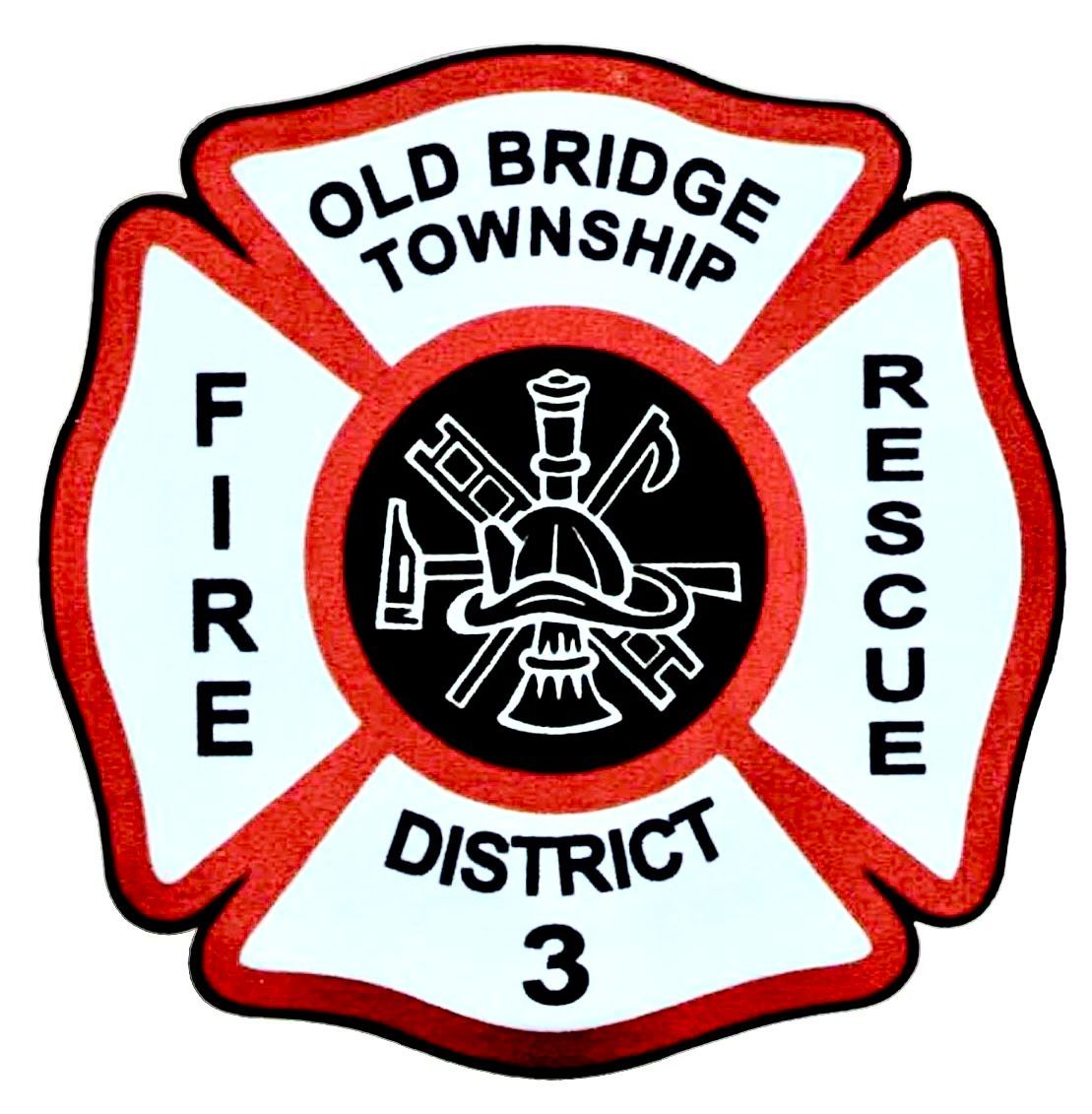



Phone: 732-723-1124 | Email: firedistrict3@obfd3.com
Address: 913 Englishtown Road Old Bridge, New Jersey 08857
We are closed daily from 12 Noon to 1pm for lunch
© 2023 All Rights Reserved | Board of Fire Commissioners, Fire District 3, Township of Old Bridge
All Rights Reserved | Board of Fire Commissioners, Fire District 3, Township of Old Bridge
